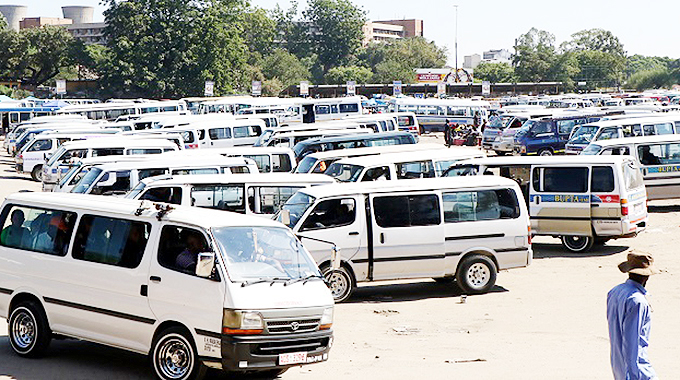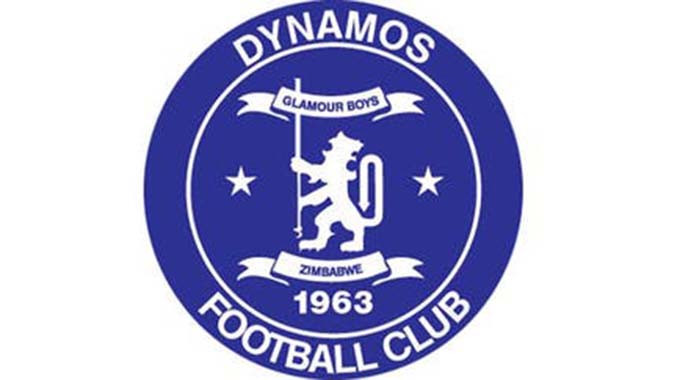EDITORIAL COMMENT : Legalisation of kombis needs good regulation

The moves by the Government to allow the legal return of kombis not under the Zupco franchise, but under tight regulation is a good idea since it will help plug the gap in public transport and end the present pirating and avoiding of police check points that makes life difficult for passengers.
But the regulations, still being finalised, need to be comprehensive. There are the obvious requirements for licensing, proven fitness of vehicles presumably through the VID, and the usual special licensing of drivers, plus the licensing from a local authority to use the designated terminus, rather than the streets.
The basic requirement for all non-Zupco kombis to be operating through an association is an excellent start. This will give us a practical controlling organisation which can deal with complaints and messing around.
According to the Greater Harare Association of Commuter Omnibus Operators each route or each set of associated routes will be allocated to a single association with fares set by the kombi owners on the basis of actual costs, but then being approved by the Government.
These kombis will not be getting the rental fees from Zupco that its own franchised kombis receive, and so will obviously be higher than the Zupco fares, but the pirates are already charging more so passengers are used to that.
But among the regulations there will be need for some extra ones that those who do not use public transport might not be thinking about.
For a start the actual route needs to be displayed on the kombi. This need not be a long complicated list of stopping points, but must include the initial and final destinations, something like “City-Budiriro” will be adequate.
The display also needs to include the agreed fare, in local currency. This will make it difficult for a kombi driver to shove the fares right up on cold, dark and wet winter evenings when people become desperate to get home.
It should be possible for the Government and the associations even to have ticket books made. These can be very simple printed at the lowest possible cost, since the bus owners will have to buy them, and they can be a common book design for all kombis with just the fare price changed.
Bus owners can glance at the book at the end of the day and thus see just how many passengers were carried.
This could also allow the more adventurous owners to move into a new economic model. The general position is that kombi owners rent the kombi to a driver by the day and the driver tries to sell as many trips as possible to meet that rental fee, pay the conductor and make a profit. Being legal the driver will not have to set aside cash to bribe police officers or pay out touts.
However, some owners might want to switch to more direct involvement with a profit sharing arrangement or even salaried drivers and conductors, which will really improve safety. That will require tickets.
The other major advance made by Zupco needs to be copied into the private kombis. This is that notice giving the phone and WhatsApp numbers for complaints, so even if someone is overcharged they can sit quietly in their seat and send in the complaint.
So perhaps the kombi registration number needs to be displayed inside the bus in some readable position.
All that said, the opportunity can be taken with the private services using minibuses to build on what some of the pirates have already been doing.
We have seen new routes opened up, such as the direct route to Mbare and Southerton by a group of drivers in the eastern areas.
It should also be possible and easy for a kombi owner-driver combination to look at late evening services.
We have a lot of people who have to work through to 8pm or 10pm and beyond now and who rely on dubious and unreliable lifts and mushikashika to get home.
We used to have kombis running night routes, with a small premium at times, and that and even the small premium could be restored.
The huge advantage of a purely private, if regulated, system is that services can be connected to demand and if there is a demand then the services can be provided. The associations can work these out, since the routes and times will need approval.
All these matters are why the kombi regulations need to be very carefully and very comprehensively drawn up. The objective, or at least the overriding objective, must be to give passengers reliable and safe services at the agreed fare, but with imagination on the routes and times.
A second objective must be to ensure the private kombis do not cause the sort of congestion that was ubiquitous before their ban, with streets blocked and passengers alighting at odd points between bus stops or being collected at odd points.
If we need more legal bus stops then these can be marked, with discussion with traffic and safety experts and not just kombi drivers making a weird choice. The Harare city centre certainly could use a few more marked bus stops.
The associations might have to introduce, in co-operation with the local authorities, places where kombis can park between peak hours so we do not get those blocked streets. The extension of the paid parking area will help with this, so we can get a win-win situation.
Kombi owners and drivers will now have to make sure that their associations are on the ball.
With these getting some real powers, they might even have to hire a controller full time and in any case something more than a semi self-appointed executive will be needed.
In any case making the controlling association as well as the drivers legally responsible for the messing around problems will be required.
If everything is done properly, the private kombi system can be a major advantage for the hard-pressed users of public transport, adding to the benefits without adding to the problems.
But this is why everything, from the controlling regulations to the associations, to the owners and drivers has to work properly.









Comments